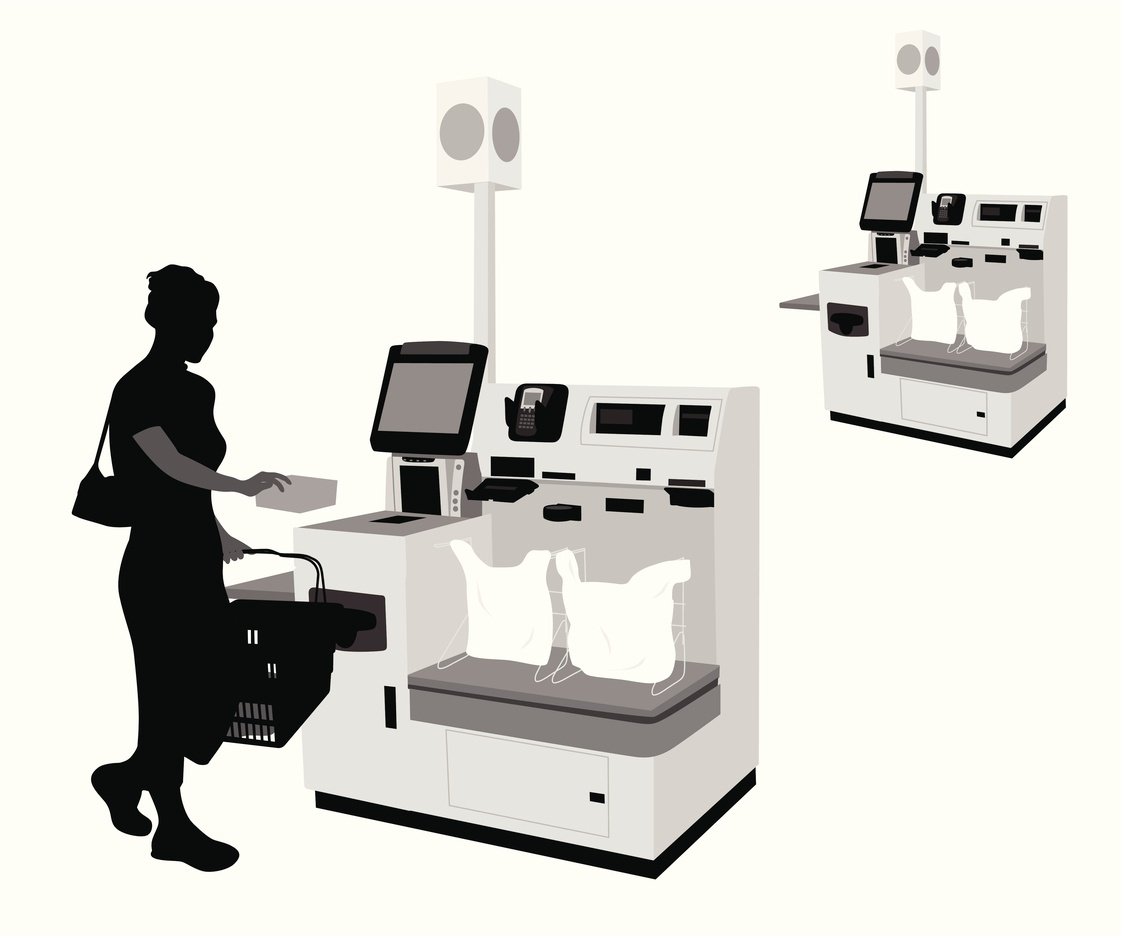Calculating Benefits of a Queue Management System — Labour Savings
In part 1 of ‘Calculating the benefits of a queue management system’, we briefly discussed the three most common financial benefits of implementing a queue management system – labor savings, sales increase, cost avoidance. This article further explores ways the Irisys system can help optimize the use of cashier labor and provides a few examples of how our customers have used to the system to do
just that.
The fight for entry-level labor
When profit margins are high and sales are good, efficiency isn’t always top of mind.
Right now, traditional grocery stores are facing several challenges that are impacting
their sales and profitability – price deflation, the aggressive growth of discount
grocers (such as Lidl) and the push in most states to raise minimum starting wages, to
name a few. In 2016, three of the top 10 food retailers in the U.S. –Walmart, Costco
and Target - raised their minimum starting wage. Because traditional grocery stores
hire from the same pool of entry-levelworkers, they are competing for these workers.
With US supermarket profit margins between 1-2%, it is difficult for them to compete
on the wage front. Irisys has worked with grocers that are unable to fill cashier
openings with any workers – not to mention quality ones – due to wage competition.
For grocers whose union cashiers are required to pay dues, the competition is even
greater. As labor becomes a larger percentage of operating costs, it becomes
increasingly important that it be used efficiently to help deliver great customer service and drive sales.
Labor-related data provided by the Irisys system
The Irisys system provides the following labor-related data 24-hours a day in
whatever time increments the retailer desires –
• Hours cashiers were logged onto their tills
• Hours cashiers were needed on their tills
• Cashier utilization
• A Till Profile
• A real-time till-opening Predictor to guide front-end associates
The details of each of these pieces of data and how they can be used to help optimize labor are described in the following section.
Cashier Hours
The Irisys system provides two critical pieces of information about cashier hours:
1. It measures the time cashiers were logged onto their registers. When
compared to the scheduled time, the time cashiers spent logged onto their registers
provides insight into how effectively cashiers are being utilized.
2. It calculates the time cashiers should have been logged onto their registers.
This calculation takes into account the retailers service objective, i.e. no more than 2
customers in line, and calculates the number of register hours needed to meet this
objective. Calculating this piece of information is a unique Irisys capability.
By comparing the hours logged on to the hours needed, the retailer can determine the Staffing, which indicates, by time of day, if the registers are properly staffed or if they are over or under staffed.
Cashier Utilization
The Irisys system calculates the time that the cashier is busy (or not idle) – meaning that they either have a customer in transaction or there is one approaching the register. While most retailers can determine utilization by calculating the time that the cashier is in transaction versus their log on time, the Irisys system provides the additional information that there is someone in the queue even before the transaction begins. The data is unique to Irisys and provides a more accurate picture of cashier idle time.
Till Profile
The Till Profile is produced daily and indicates for each minute of the day the number of registers needed to meet the retailers service objective. Some of our customers feed this data directly to their workforce management system to drive cashier schedules. Thevalue of the Till Profile when integrated with a workforce management system is that it drives the cashier hours forecast based on the till hours that should have been used, not what has been used historically. For those retailers that don’t have a workforce management system, Irisys offers the Lane Scheduler tool. This tool uses the Till Profile, historical sales and the sales forecast to create a till opening schedule that supports the retailers service objective.
Real-Time Predictor
The ‘Predictor’ is a tool designed by Irisys to assist the Front-End Manager in determining the number of tills that should be open to meet the desired service objective. This tool is unique to Irisys and was developed based on our breadth and depth of experience with retailers all over the world. The tool operates real-time with a goal of ensuring the retailers service objective is consistently met. It provides 3 pieces of information – registers currently open, registers needed within the next 5-10 minutes and registers needed in 30 minutes. Using this tool enables the retailer to staff only the cashiers needed to meet the service objective – providing guidance on when Cashiers
should be removed from the tills and performing other value-added tasks.
Using the data
The data provided by the system enables the retailer to manage labor on the front end in real time, identify trends in over and understaffing by time of day or day of week, and continuously monitor the use of labor to ensure that it is being used effectively (not too much and not too little) to support the service objective. Irisys provides enterprise level reporting (by store, district, region, etc.) with user-friendly graphs and charts, along
with rest API’s should the retailer want to import this data into an existing system or
data warehouse.
Customer case studies
Following are some of the ways our customers have used the Irisys data and tools to
optimize labor in their stores. All of these retailers continue to use the Irisys system:
Customer 1
This 300-store chain identified an average of 50 hours per week of
Cashier idle time and eliminated those hours from their schedule. They used the
Lane Scheduler tool to create till opening schedules aligned with their service
objective. The use of the Lane Scheduler and the on-going monitoring of data has
enabled them to sustain these savings.
Customer 2
This small chain of 32 stores was significantly overstaffed. They
identified an average of 200 hours per week of Cashier idle time. While it wasn’t
practical to eliminate that much labor from their schedules, they were able to remove
about half of those hours and still maintain the desired service level. This retailer
incorporated the Till Profile into their workforce management system to ensure that
both the labor savings and desired service levelwere maintained.
Customer 3
This 120-store retailer’s customer satisfaction scores in the area of ‘fast
checkout’ were lagging, so they trialled the Irisys system to see if they could improve
satisfaction without adding significant cost. Once they began staffing the registers
properly and consistently, customers immediately noticed. Customers particularly
noticed the improvement around the holidays. The retailer wanted to maintain this
service level, but in order to do so would either require additional Cashier hours or
improved Cashier throughput. By adding Bagger Hours to the schedule, they were
able to increase Cashier throughput. Because the Bagger wage rate was significantly
lower than the Cashier rate, when combined with the optimized labor schedule, this
retailer was able to maintain the higher service levelwith very few additional labor
dollars. To ensure that their desired service level is maintained, wait time and queue
length data (from the Irisys system) are viewed alongside store financial data.
Formore information about how Irisys can help you optimize labor and achieve
your service level goals, please visit our website at www.irisys.net
Share this
You May Also Like
These Related Posts
Key metrics for monitoring front end customer service

Self-Service is a Customer Choice

How long will retail customers wait (and what you can do to help)?
Connect with us
Need more information? Ready to get started? We're here to help, get in touch.


